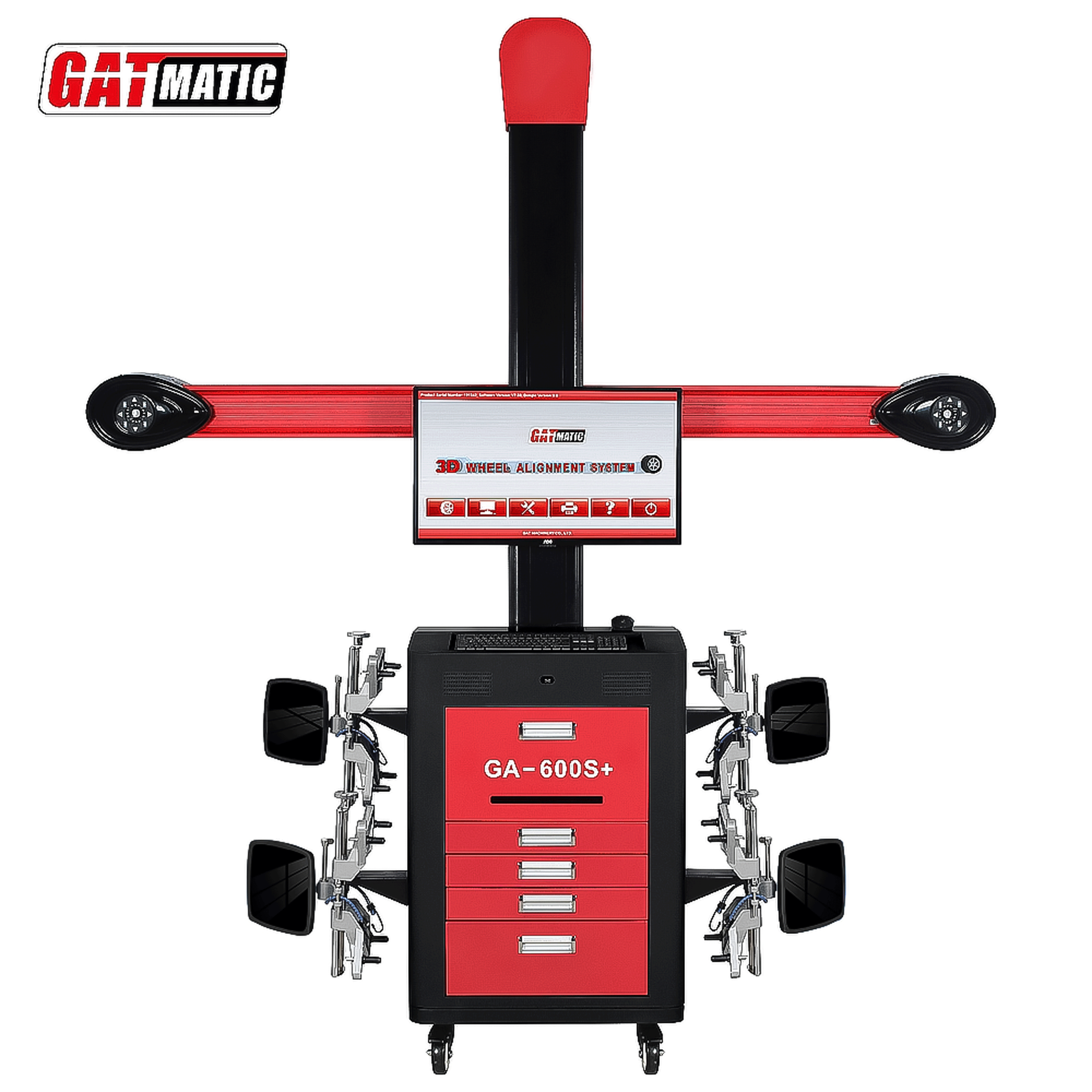What are the primary angles in wheel alignment
I. Introduction
Wheel alignment is a crucial aspect of vehicle maintenance that ensures the wheels are set to the optimal angles as specified by the manufacturer. Proper alignment is essential not only for enhancing vehicle performance but also for prolonging tire life and ensuring safety on the road. Misalignment can lead to uneven tire wear, poor handling, and increased fuel consumption, making it vital for vehicle owners to understand the primary angles involved in wheel alignment.
II. Overview of Primary Angles
The primary angles in wheel alignment include camber, caster, and toe. Each of these angles plays a significant role in how a vehicle handles and performs. Adjusting these angles to meet manufacturer specifications is essential for achieving optimal driving dynamics and ensuring that the vehicle operates as intended.
III. The Three Primary Angles
1. Camber
Camber refers to the angle between the vertical axis of the wheel and the vertical axis of the vehicle when viewed from the front. This angle can be positive, negative, or zero:
- Positive Camber occurs when the top of the wheels leans outward from the vehicle. This configuration is often beneficial for off-road vehicles, providing better stability on uneven terrain.
- Zero Camber means that the wheels are perfectly vertical, which is ideal for most standard vehicles as it promotes even tire wear.
- Negative Camber occurs when the top of the wheels leans inward toward the vehicle. This angle enhances cornering performance by increasing the contact patch during turns but can lead to uneven tire wear if excessive.
Proper camber adjustment is crucial for maintaining optimal tire contact with the road surface, directly affecting handling and tire longevity.
2. Caster
Caster is defined as the angle formed by the steering axis when viewed from the side of the vehicle. Like camber, caster can be positive or negative:
- Positive Caster means that the steering axis tilts backward at the top. This configuration improves straight-line stability and enhances steering feel, making it easier for drivers to maintain control at higher speeds.
- Negative Caster is less common and involves tilting the steering axis forward at the top. This setup can lead to instability and is generally avoided in modern vehicles.
The caster angle significantly impacts a vehicle’s steering response and overall handling characteristics, making it an essential element of wheel alignment.
3. Toe
Toe describes the angle at which the wheels point relative to the centerline of the vehicle when viewed from above. There are two types of toe:
- Toe-In occurs when the front edges of the wheels are closer together than their rear edges. While this can enhance stability during straight-line driving, excessive toe-in can lead to outer tire wear.
- Toe-Out happens when the front edges of the wheels are farther apart than their rear edges. This configuration can improve cornering response but may result in inner tire wear if not properly adjusted.
Toe adjustments are critical for ensuring that a vehicle tracks straight and responds predictably during maneuvers.
IV. Additional Alignment Considerations
In addition to camber, caster, and toe, there are other alignment considerations that contribute to overall vehicle performance:
Thrust Angle
The thrust angle measures the relationship between the vehicle’s geometric centerline and the direction of its rear wheels. A misaligned thrust angle can cause a vehicle to pull to one side, affecting handling and safety. Ensuring that all wheels are aligned correctly allows for straight travel and enhances overall driving comfort.
Steering Axis Inclination (SAI)
SAI is defined as the angle formed between the steering axis and a vertical line through the wheel center. This angle plays a role in steering returnability; while it typically isn’t adjustable, it’s important for maintaining proper alignment dynamics.
Conclusion
In summary, understanding and maintaining proper wheel alignment angles—camber, caster, and toe—are vital for any vehicle owner looking to ensure optimal performance and safety on the road. Neglecting these adjustments can lead to uneven tire wear, compromised handling, and increased fuel consumption. Regular alignment checks not only enhance driving comfort but also extend tire life and improve overall vehicle efficiency, making them an essential part of routine vehicle maintenance. By prioritizing proper wheel alignment, drivers can enjoy a smoother ride while safeguarding their investment in their vehicles.
FAQs
1. What is wheel alignment?
Wheel alignment is the process of adjusting the angles of a vehicle’s wheels to the manufacturer’s specifications. This ensures optimal tire performance, reduces uneven wear, and helps the vehicle travel straight without pulling to one side
2. Why is wheel alignment necessary?
Proper wheel alignment improves vehicle safety by maximizing tire contact with the road, preventing pulling to one side, and enhancing fuel efficiency. It also contributes to a smoother ride and extends tire life
3. How do I know if I need a wheel alignment?
Signs that your vehicle may need an alignment include uneven tire wear, a steering wheel that is off-center, or the vehicle pulling to one side while driving. If you notice these symptoms or have recently experienced a hard impact (like hitting a pothole), it’s advisable to get an alignment check
4. How are wheel alignments performed?
A technician typically starts with a test drive to assess handling issues, followed by a visual inspection of tires and suspension components. The vehicle is then raised on a hoist, and an alignment machine measures the angles of the wheels. Adjustments are made to camber, caster, and toe as needed to meet specifications
5. What are the different types of wheel alignments?
There are three main types of alignments:
- Front-End Alignment: Adjusts only the front wheels.
- Thrust Alignment: Aligns the front wheels based on the rear wheels’ position; ideal for vehicles without adjustable rear suspensions.
- Four-Wheel Alignment: Adjusts all four wheels and is recommended for vehicles with independent rear suspensions
6. How much does a wheel alignment cost?
The cost of a wheel alignment can vary widely based on factors such as vehicle type, location, and shop rates, typically ranging from $99 to $350 or more It’s best to inquire about pricing before service.
7. How long does a wheel alignment take?
On average, a wheel alignment takes about one hour. However, this can vary depending on the type of vehicle and any adjustments needed.
Describe Your Needs In Detail!
We will carefully evaluate your needs and give professional solutions.



